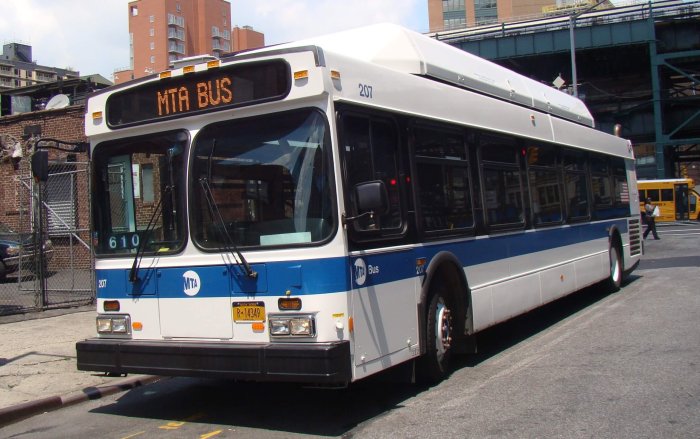By Nadia Taha
In the last 15 years, Brooklyn has gained over 165,000 new residents. The U.S. Census Bureau says it is not only the city’s most populous borough, but the most rapidly growing. Every district has felt the influx, and many have been influenced by the resulting gentrification. To the residents and community leaders of Park Slope, their own neighborhood has undergone significant changes as new populations come in and others leave. Marya Warshaw, executive director of Brooklyn Arts Exchange, believes it is time for gentrification to be addressed by the community, through a discussion between its members. She says some residents wonder how the recent changes have impacted Park Slope’s diversity. “You’ll hear people who have lived in Park Slope for 40, 50 years or even 20 or 30 years talk about what this neighborhood doesn’t have anymore: economic diversity, progressive political diversity, racial diversity, sexual orientation diversity,” she explains. “My personal feeling is that people have more in common than they think they have.” In order to open up the dialogue, Warshaw will be moderating a discussion at the Brooklyn Arts Exchange, called “I Am Park Slope: Will Diversity Be Part of Our Future?” on January 21. As the fourth installment of the conversation series BAX Platform, the event will feature a panel and a discussion of the consequences of gentrification on the community of Park Slope. The panel will address increasing real estate rates and how they affect ethnic and racial diversity in the community, and the similarities and differences between longtime residents and newcomers. They will also focus on the impact of rising rents on working class families and the lesbian community. To lead the discussion, Warshaw has enlisted local leaders and authorities on a variety of issues and organizations, such as development, parents associations, and the gay community. The panel consists of Brooklyn Community Board 6 district manager Craig Hammerman and Paul Robeson Independent Democrats founder and chairman Chris Owens, who is also an advocate for opposition to Atlantic Yards. Also included are Doreen DeJesus, communications director of Brooklyn Pride, and Emily Millay Haddad of Lambda Legal. Joining the panel from Park Slope Parents are Susan Fox, Pauline Toole and Gene Russianoff, who is also staff attorney for New York Public Interest Research Group. Javier Gaston Greenberg, who attended the Brooklyn New School, and his mother, who helped found it will also be included, as well as Nancy McDermott, a founding member of NY Salon. To Warshaw, this varied group is typical of the neighborhood. “The panel we’ve put together comes from so many different places,” says Warshaw. “Even geographically, what is Park Slope?” Defining Park Slope is just one of the topics the panel will be asked to address. Like many other New York City neighborhoods, the area has undergone frequent transformations as its population shifted. The Park Slope of today is a combination of remnants of its past incarnations and the influence of its newer residents. “It’s not just about old timers and newcomers,” says Warshaw. “It’s also about racial diversity and economic diversity. Is it important to maintain some degree of economic diversity?” As the neighborhood develops, one thing is certain: the changes will continue to present new challenges to those who live there. “I Am Park Slope: Will Diversity be Part of Our Future?” will be held at 6 p.m. on January 21 at the Brooklyn Arts Exchange, at 421 5th Avenue in Brooklyn; call 718-832-0018 or visit www.bax.org.

































